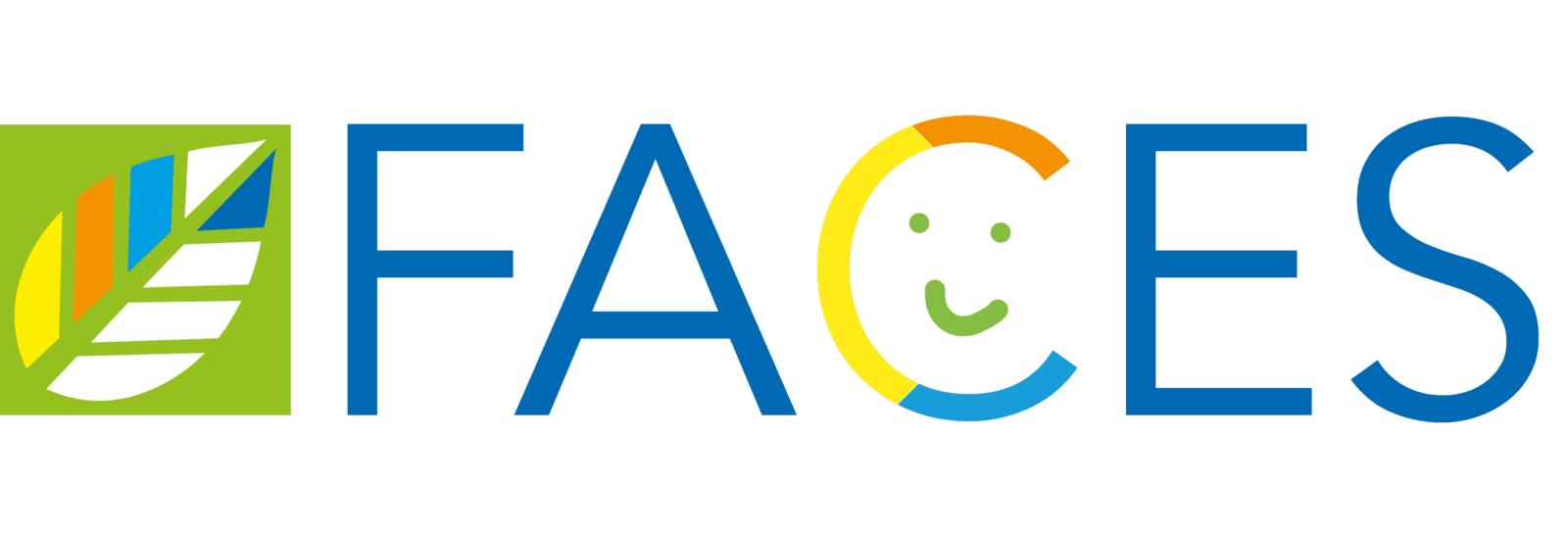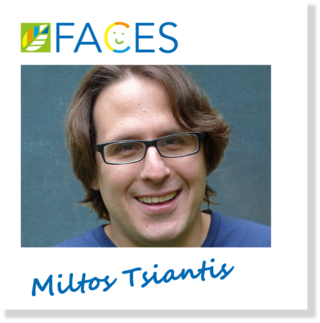

Six questions to Miltos Tsiantis
Question 1
What fascinates you most about natural sciences?
That they help us understand the world around us and the processes that make it as it is, at different scales of organization e.g. molecules, cells, tissues, ecosystems.
Question 2
What is your favorite plant and why?
Cardamine hirsuta, a small weed that we developed into a model system for comparative studies in plant biology.
Question 3
Which incident from your life as a researcher has remained in your memory the most?
As a post-doc, I was studying a maize mutant that showed inappropriate expression of a homeobox transcription factor in leaves. This change in gene expression caused developmental abnormalities, including outgrowths of aberrant tissue. I wanted to isolate the gene underlying the mutant phenotype hoping it would help understand the mechanisms regulating these homeobox genes, as at the time these were not known. I had isolated a DNA fragment that contained a transposon that we believed caused the mutation, flanked by plant sequence. When I searched the sequence database for similarity to this plant sequence, I found that the transposon had disrupted a gene encoding another type of transcription factor indicating that we probably had been successful in isolating a homeobox gene repressor. It was a tough, competitive project so this was a very welcome development.
Another one was when a post doc in our group, Daniela Vlad, showed me data indicating that transferring a single homeobox gene from Cardamine hirsuta into Arabidopsis thaliana was sufficient to alter morphology and make the A. thaliana leaf more like the Cardamine one. This indicated that just one regulatory gene had a very large effect in causing differences in morphology between the two species. This observation was somewhat unexpected as a prominent view in the field was that evolutionary change in morphology is dominated by a multitude of small effect genetic changes.
SPECIAL QUESTION
You have studied and worked at universities in Greece, England and the USA and currently work at the Max Planck Institute for Plant Breeding Research in Germany. How do you always adjust to new projects in different countries and which international experience is most valuable to you?
I aim to keep an open mind and try to understand other people’s outlook and views. I really enjoyed my time at Berkeley, it gave me a different perspective to working in Europe. Also working in Oxford for over 20 years was great, as you could easily meet very bright people thinking about diverse topics - also non-scientific ones - and everything was within walking distance.
Question 4
What advice would you give to young scientists?
Follow your passion, be intellectually humble, put your ego aside so you can learn from others, read a lot, respect your coworkers at all levels.
Question 5
If you had the choice, which research question would you like to be able to answer?
I am fascinated by morphogenesis and its diversity and I consider myself lucky that I can work in this area.
Question 6
What's your favorite thing to do after work?
Have dinner with my wife and daughter.

Profile
Name:
Miltos Tsiantis
Position: Director Department of Comparative Development and Genetics, Max Planck Institute for Plant Breeding Research, Cologne
In CEPLAS since:
2014
Place of birth:
United Kingdom